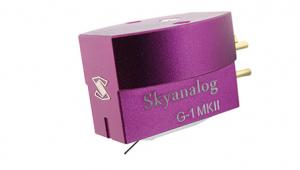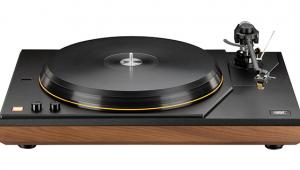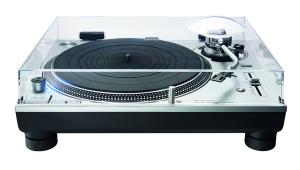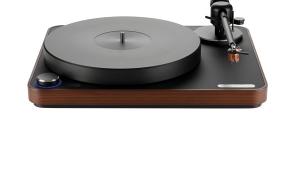Ortofon 2M Black LVB 250 Cartridge
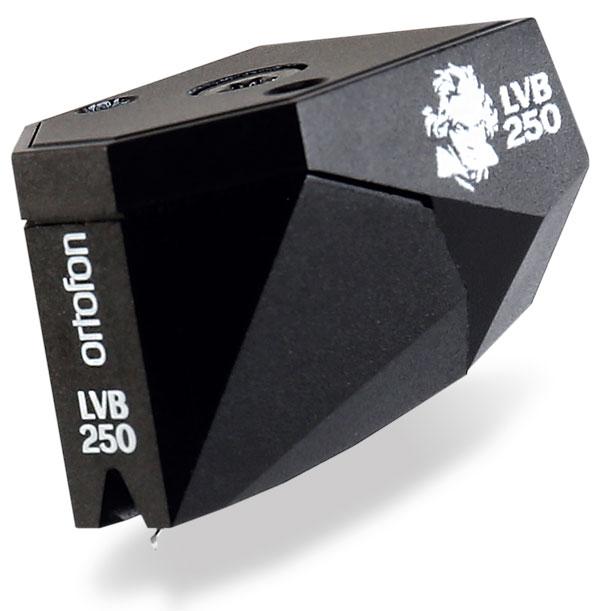
 The most popular range of MMs on the planet – Ortofon's 2M series – has just got a new chief. All hail the Black LVB 250, anointed by none other than Beethoven himself
The most popular range of MMs on the planet – Ortofon's 2M series – has just got a new chief. All hail the Black LVB 250, anointed by none other than Beethoven himself
One body and 'motor', but different styli or cantilevers: I'm not sure which of the latter two choices is more important if a manufacturer wants to create a range from a primary design with an upgrade path. Ortofon has no such doubts and is taking no chances with the 2M Black LVB 250. While it looks like the circa-£95 2M Red I have been using for years as my reference entry-level MM cartridge, save for the colour, this new flagship for the 2M moving-magnet family comes in at a heady £829. That, however, accounts for the top-of-the-range 2M magnet and coils, new suspension and cantilever.
Oh, and that long 'Ortofon 2M Black LVB 250' name refers to the hearing-impaired composer Ludwig van Beethoven, as the portrait on the side of the cartridge suggests. The '250' marks the anniversary of his birth in 1770 and, as you'll find, the choice is apposite because this cartridge has a personality that suits his genre. But more about that later.
Based on the well-respected 2M Black, this deluxe version is also fitted with a nude Shibata stylus but on a boron cantilever, as found in the much dearer Cadenza Black MC cartridge. However, Ortofon didn't simply replace the 2M Black's cantilever with boron tube. It devised a new rubber compound for the suspension system in order 'to attain an optimal interaction between compliance and damping'. This new compound, according to Ortofon, 'is based on an efficient Multi Wall Carbon Nano Tube (MWCNT) filler' while being more environmentally-friendly in production.
Right On Track
Scoff not: environmental concerns may be late in coming to high-end audio, but everything else from the automobile industry to watch production to t-shirt manufacture to tinned tuna has been addressing this matter, while virtue-signalling at the top of their lungs. Full marks to Ortofon, then, for identifying this added benefit of its new design. Apparently, the MWCNT production process is not only cleaner and non-polluting, but energy-saving.
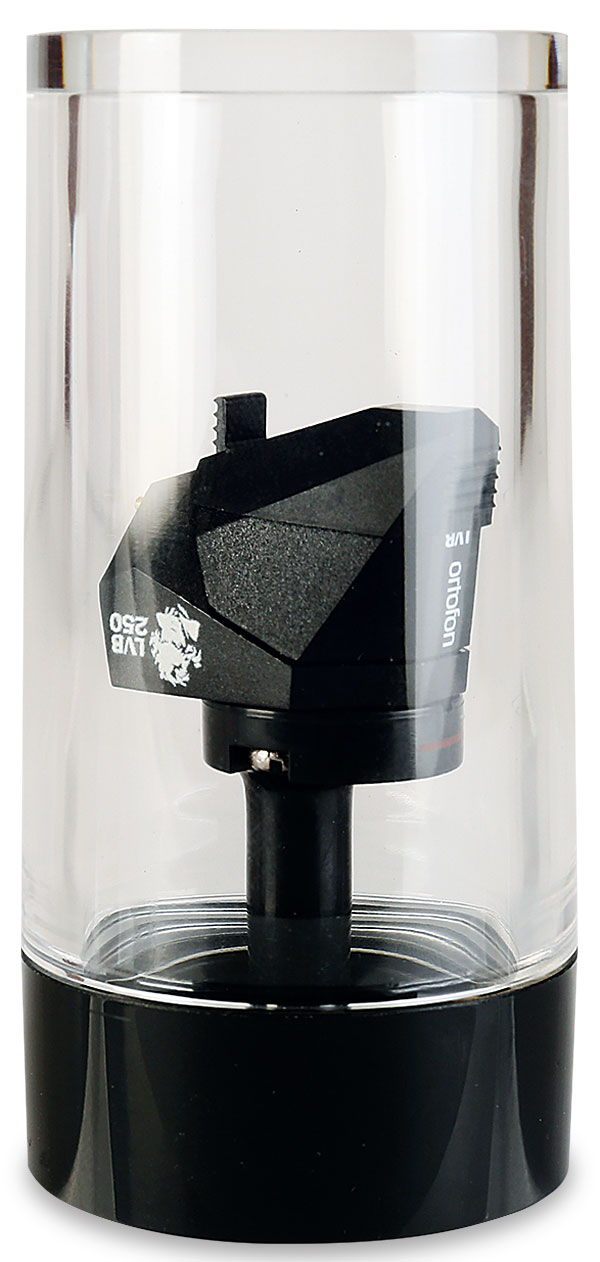
While the primary specification of the 2M Black LVB 250 remains the same as that of the original 2M Black, the recommended tracking force has been increased by a mere 0.1g to 1.6g. I tested the 2M Black LVB 250 with everything from 56-year-old mono 7in singles to limited edition 10in pressings to 45rpm audiophile LPs and noted that tracking ability certainly is not an issue. Notable, too, is that it sailed through a knackered single I use to challenge cartridge stability, and even rendered the 'click' from a large scratch as but a momentary, near-instantaneous intrusion.
Initial set-up is utterly straightforward as with all the 2M models, thanks to clearly-identified pins (a pox on those cartridge makers who don't colour-code them!), while the flat front panel is deeply notched so the stylus is visible to assist in both overhang adjustment and track cueing. Although the body looks fussily angular and may prove a little troublesome for some to align, the bulk of its surface area actually consists of parallel sides, notably with LVB's portrait.
Snap Chat
Also, and in common with any pick-up featuring a complex diamond tip – the micro-ridges, fine-lines, Shibatas, etc – the setting of both the VTA and the SRA become far more intricate and important procedures. It's not insurmountable, especially if you've installed cartridges before. The good news here, especially for seasoned listeners likely to consider the Ortofon 2M Black LVB 250, is that the sound seems to snap into place when you nail it, with its focus locked vis-à-vis image placement and stage depth. What's more, transient attack tightens up and the bass acquires a touch more solidity.
It is not my intention, however, to render you neurotic about cartridge set-up, especially VTA. There are reviewers who have made it their lives' work, even though cartridges, in practice, are far more forgiving than many hard-core vinyl junkies would ever dare to admit. The reason I'm making a point here is specifically because I went from 2M Red to 2M Black LVB 250 and this proved to be an essential consideration beyond adding 0.1g to the tracking force.
More so than with the 2M Red, minuscule adjustments to the VTA were audible with the 2M Black LVB 250, but even with the usual/initial default setting of having a cartridge's top surface parallel to the LP, the sound was close to optimal. As it turned out, in one deck the cartridge was optimised with a tiny bit of nose-down positioning relative to the 2M Red's stance; in another, the 'parallel to the LP' levelling was perfect. This says more about the tonearms than it does about the 2M Black LVB 250, and one also has to consider the thickness of platter mats if experimenting with such.
![]() Whole Lotta Love
Whole Lotta Love
Let's just say that I spent more time with the setting-up of this cartridge than I expected to, because it was replacing the Soundsmith SG-230 [HFN May '21] at 20x the cost. What I didn't want was preceding the Ortofon with a month of listening to a £15k cartridge to colour my response to a pick-up at a fraction of its price. Yes, it can be a challenge following a cost-no-object item under review with one of a more affordable nature.







